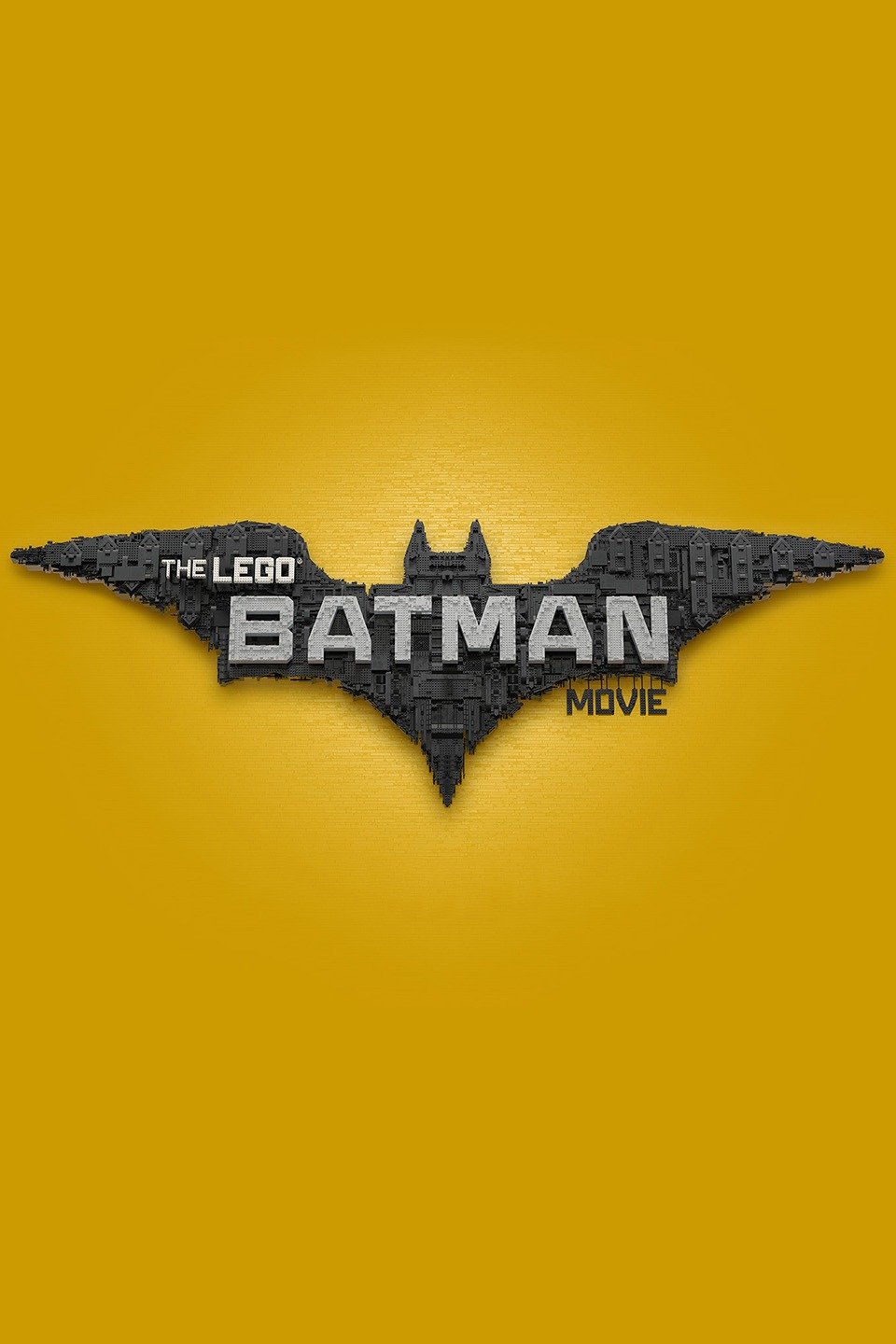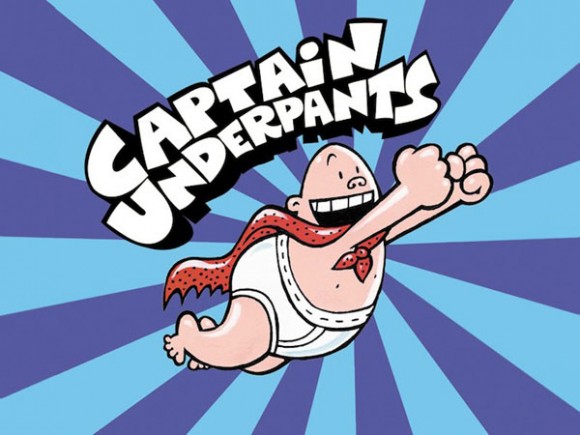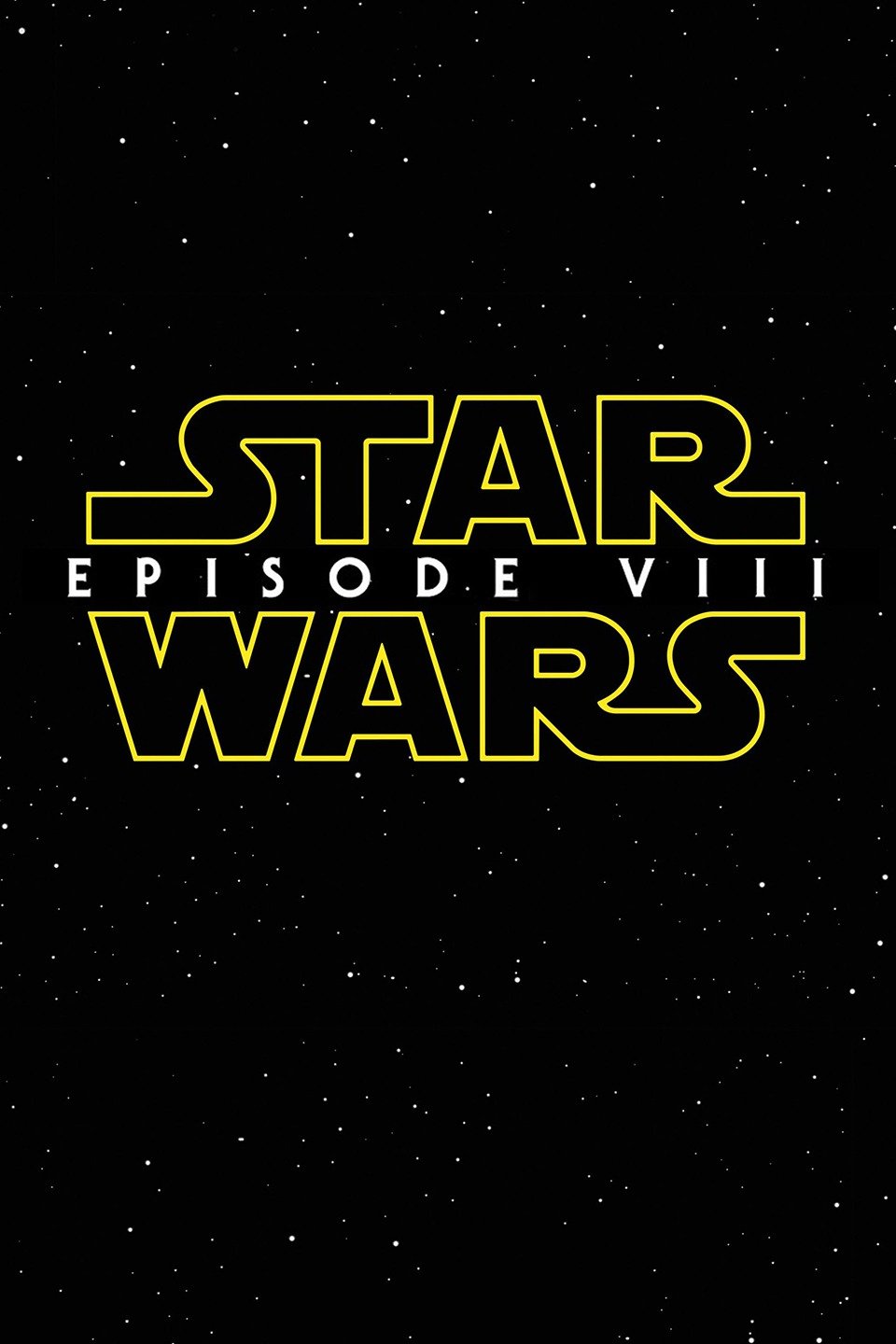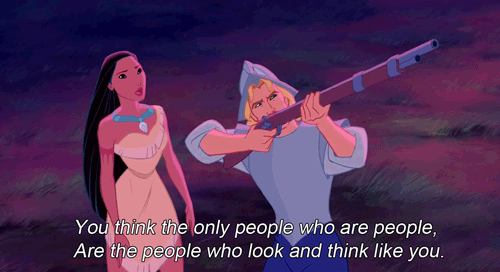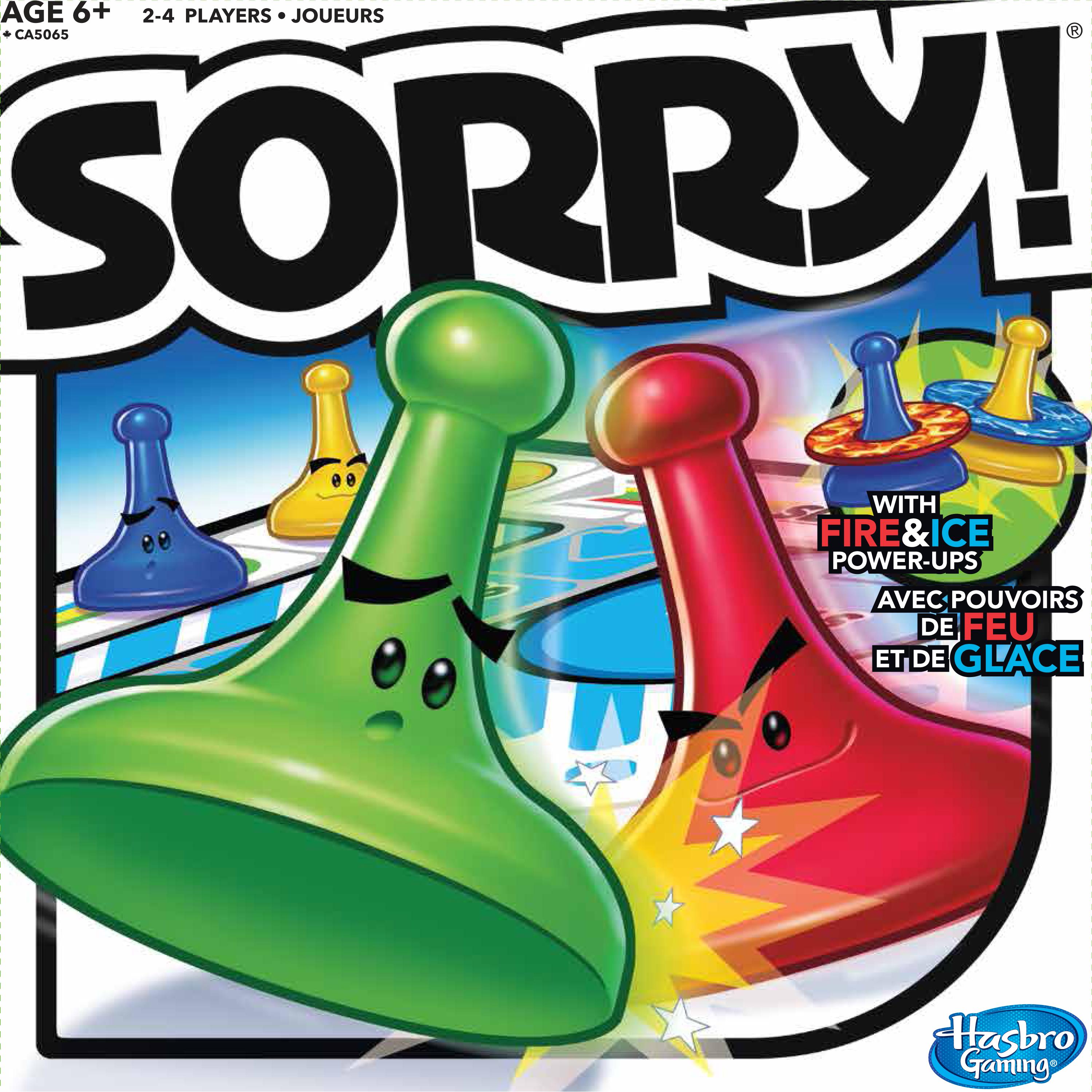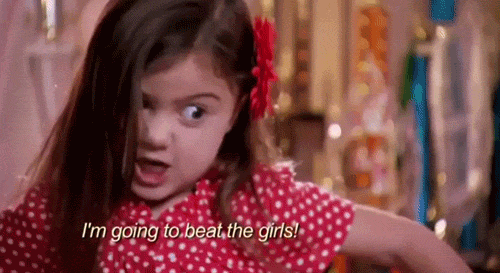In May, I had the opportunity to take a multicultural literature class.
Since Missouri isn't known for its diversity, I was really looking forward to taking this class.
I learned so much. I wish everyone had an opportunity to take it.
One of the biggest things I learned was to check for authenticity. It isn't enough to put up a display and stick a bunch of books on there that look like they could be "multicultural."
We have to dig deeper. Look a awards, who wrote the book, and reviews from multicultural resources. I know this sounds pretty straight forward, but I know in the busyness of work, I sometimes forget to do this!
In honor of this, I wanted to create a book list on famous African American music artists.
Last summer, I worked with Ms. Sarah to do a weekly program that highlighted a famous
multicultural artists. We called the program "Meet the Music Heros."
We briefly covered :
Doing this program really inspired me.
I hope to continue this Meet the Music Heros series next summer.
Here are some great books to add to this list:
Andrews,
T., & Collier, B. (2015). Trombone Shorty. New York, NY: Abrams Books
for Young Readers.
Troy Andrews grew up
in New Orleans and it became his inspiration. The music was all around New
Orleans and in his house. Every year, Troy would enjoy the Mardi Gras parade.
He was fascinated by how all of the instruments came together to make up one
song. He knew that he wanted his own band to play in the Mardi Gras parade too.
When Troy found a broken trombone, he knew he could finally make his own music.
As soon as he started to play and carry it around, he became known as Trombone
shorty. One day while he was at a Jazz & Heritage festival, a famous Jazz
musician named Bo Diddley asked Troy to play with him on stage. Due to the
inspiration of jazz and his city, Troy become famous.
Trombone Shorty is a 2016 Caldecott Honor book and it also
received a 2016 Coretta Scott King Illustrator Award.
Dillon, L., & Dillon, D. (2007). Jazz on a Saturday night.
New York, NY: Blue Sky Press.
On a Saturday night,
musicians set up their instruments and take their place on stage. An announcer
comes on and introduces a Jazz show. The audience anxiously awaits to see the
players play. The player begin to play. Miles Davis plays on the trumpet, Max Roach
plays the drums, Charlie Parker and John Coltrane play the saxophone,
Thelonious Monk plays the piano, Stanley Clarke plays the base, and Ella
Fitzgerald sings. All are different, but all come together to create a song
that can be enjoyed by all.
Named 2008 Coretta Scott King Illustrator Honor Book this award.
Engle, M.,
& López, R. (2015). Drum dream girl: How one girl's courage
changed music, New York, NY: Houghton Mifflin Harcourt Publishing Company.
On a small island, Millo Castro
Zaldarriaga, dreamed of playing the drums, but everyone on the island believed
that only boys could play them. Even though young Millo couldn’t play, she kept
dreaming of the day she could. She learned to play on the things around her and
she made up music in her head. Her family soon took notice. Her sisters invited
her invited her to play in their band, and her father found her a music teacher
to teach her the drums. Millo kept practicing and kept playing. She shared her
music with her community until she eventually came to the United States. She
played with all of the American jazz greats. At the age of fifteen, she played
for President Franklin Delano Roosevelt. Today she is known for breaking Cuba’s
traditions to become a world renowned musician.
This picture book is in the form of
a poem about Millo Zaldarriaga a Chinese- African-Cuban girl. African American
jazz musician’s contribution to music allowed for artists like Zaldarriaga to
be heard in the music industry. It is a 2016 winner of the Pura Belpré
Illustrator Award and Author Award. This award honors the Latino author,
Margarita Engle, and the book for its portrayal of Latino culture in children’s
books.
Golio,
G., & Steptoe, J. (2010). Jimi: Sounds like a rainbow: A story of the
young Jimi Hendrix. New York, NY: Clarion Books.
In the 1950s Jimi
Hendrix grew up in Seattle, Washington. He loved to paint, make people laugh,
and pretend to play the guitar. Most of all, however, he loved to listen to
music. He was especially fascinated by artists like B.B. King and Chuck Berry.
Eventually, he convinced his father to buy him a guitar. He learned to play it
by tuning into the radio and playing by ear. Pretty soon, Jimi knew every note
and every chord and he wanted to share his music with the world. He wanted a
new sound and started to play the electric guitar. Like no one else before,
Jimmy brought together the heart of jazz and blues and added the energy of rock
and roll. Today he is known as one of the best guitarist in the world.
Inspired by the
creativity of Jimi Hendrix himself, this book creatively brings together
illustrations and informational text. It was honored with a 2011 Coretta Scott King Illustrator Honor.
Nelson,
M., Pinkney, J., & Malcolm, L. (2009). Sweethearts of rhythm: The story
of the greatest all-girl swing band in the world. New York, NY: Dial Books.
In the 1940s, the
world was at war. An instrument tells a story in the form of poems about how a
group of African American women came together to form the world’s first
integrated all- women’s swing band. Despite unequal treatment, the band played
all over the country. The music brought people of all races and ages together
which helped to bring happiness to a dark time. Once they toured all over the
United States, they went on to Europe. Their job was to inspire the soldiers.
When the war was over, the new era of bebop was born, but their impact on jazz
and swing still live on.
Parker,
R. A. (2008). Piano starts here: The young Art Tatum. New York: Schwartz
& Wade Books.
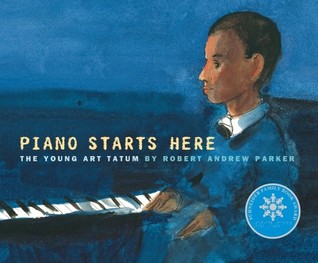
Art Tatum was born in
1910 in Toledo, Ohio to a mechanic and a housemaid. He was born with severely
limited vision which got worse as he got older. Even though he could not see
well, he was attracted to playing on his family’s piano. He learned how to play
the piano from any source he could find- such as the radio. He soon got to be
so good that he played for his church and was able to line up shows around the
community. It was the beginning of Art’s career. He continued to practice after
school at a local cafe. His dad saw how much he was improving and decided to
have Art play at a local bar. At his first show at the bar, Art mesmerized the
audience with his passion and knowledge of playing the piano. He even helped to
support his family with the tips that he made playing there. Due to his
success, he was asked to play at a radio station five days a week. It wasn’t
long before people around the country heard him and made him a star.
This beautifully
illustrated book was a 2009 Caldecott honor winner for its unique illustrations
and story. This book also won the 2009
Schneider Family Book Award for its story honoring a individual with
disabilities.
Pinkney,
A. D., & Pinkney, J. B. (1999). Duke Ellington: The piano prince and his
orchestra. New York: Scholastic.

Duke Ellington might
be known as a famous musician today, but he was not always that way. “Duke” or
Edward Kennedy Ellington was born in 1899 in Washington D.C. At a young age,
his parents enrolled him in piano lesson, but Duke quit to play baseball. Many years
later, however, Duke heard ragtime music for the first time and it inspired him
to play the piano again. He ended up teaching himself how to play. At the age
of 19, Duke started to perform music. It wasn’t long before he formed his own
band called the “Washingtonians.” The Washingtonians toured all over Washington
D.C. and in Harlem, New York. Once they started to play more regularly in
Harlem, the band changed their name to Duke Ellington and His Orchestra. It was
here that Ellington’s music evolved. He became a pivotal figure in Jazz music
that encompassed blues, ragtime, folk and March music. Ellington went onto
perform at Carnegie Hall and write at least one thousand compositions. His
influence and his music still lives on today.
This picture book is a
winner of a 1999 Caldecott Honor and a 1999 Coretta Scott King Award. Both
these awards honor the illustrations of this book. The illustrations capture
the jazz moment. Each line appears to be in movement with the music.
Powell,
P. H., & Robinson, C. (2014). Josephine: The dazzling life of Josephine
Baker. San Francisco, CA: Chronicle Books.

Josephine Baker was
known for her dancing, her songs, her comedy and her pictures. She started out
in St. Louis, Missouri where she lived in poverty and in a time where blacks
and whites were not treated the same. Even though she lived in a difficult
time, Josephine dreamed of dancing freely. She was immensely talented and
started to perform at the age of thirteen and she kept performing until she
left for Europe in hopes of better life. When she arrived in Paris, she was
treated as an equal and quickly became a star. When she came back to the United
States, she starred as a Ziegfeld Follies - becoming the first and only Negro
Follies star ever! When WWII erupted, Baker served as a spy for France and
worked for the Red Cross. All of these things lead up to Baker reaching her
career height when she performed at Carnegie Hall. When she wasn’t performing,
she worked tirelessly against racial discrimination. She even spoke alongside
Dr. Martin Luther King. Baker danced and performed to open doors of freedom for
other African Americans around the world.
Josephine: The
dazzling life of Josephine Baker was named a 2015 Coretta Scott King Illustrator Honor Book and a
2015 Robert F. Sibert Informational Book Award
Honor. Both these awards honor this book for its informational text and its
illustrations. These aspects come together to form a book that is both
interesting and engaging for children.
Russell-Brown,
K., & Morrison, F. (2014). Little Melba and her big trombone. New
York, NY: Lee & Low Books.
Melba Doretta Liston
was born in Kansas City, Kansas. Melba loved music and especially enjoyed
living in Kansas City. With so much music around her, Melba wanted to create
her own. When she was seven years old, she signed up for trombone lessons at
her local school. It wasn’t long before the world heard her music. After only a
year of playing her trombone, she performed on the radio. Melba’s talent kept
growing. At the age of seventeen, Melba toured the country with a band. It was
a wonderful opportunity, but also a difficult one. Melba wasn’t treated the
same for being an African American woman. Due to the treatment, Melba almost
gave up playing her trumpet, but Melba was much loved and couldn’t quit. By the
1950s, all of the famous Jazz musicians like Duke Ellington and Dizzy Gillespie
wanted to work with Melba. She traveled around the world sharing her music and
her talent.
Little Melba and her
big trombone is was named a 2015
Coretta Scott King Illustrator Honor Book and a 2015 Orbis Pictus Award for its outstanding nonfiction information for
children.
Watson,
R., & Robinson, C. (2012). Harlem's little blackbird. New York, NY:
Random House Books for Young Readers.
Florence Mills was
nicknamed Harlem's little blackbird with her contributions to both music and
dance. She was born in Washington D.C. and was known for her signing at a very
young age. She would sing and dance whenever she could. She entered into many contests
and won many medals. When Florence was just 16 years old, her and her family
moved to New York. Florence and her sisters began to perform as the Mills
Sisters. They performed in Harlem where Florence got her fame. Along with Duke
Ellington and Langston Hughes, Florence helped to contribute to the Harlem
Renaissance cultural movement. She toured all over Europe and the
country.
Florence used her fame
and her voice to help fight for equal rights. She gave unknown black singers
and dancers a chance to perform onstage. When she wasn’t performing, she
volunteered to help others. Even though we do not have any record of Florence's
voice, her and her work live on as she paved the way for more black singers to
enter the music industry.
Harlem’s Little Blackbird was a finalist for the 2013
NAACP Image Awards and a nominee for NCSS/CBC Notable Children’s Trade Books in the Field of
Social Studies. These awards honor the informational text. The text was honored
for its accuracy and for its appeal to children.
Weatherford, C. B., & Qualls, S. (2008). Before
John was a jazz giant: A song of John Coltrane. New York: Henry Holt.
Legendary jazz saxophonist John Coltrane was born in
North Carolina. His family enjoyed music and filled Coltrane’s life with
instruments and song. After hearing jazz on the radio, John started to play the
saxophone and received musical training with his school. When he was drafted in
WWII, Coltrane played professionally in the United States Navy Band. After the
war, Coltrane evolved with the music. He started his own band that allowed him
to experiment with new types of music such as Bebop. His talent payed off, and
Coltrane quickly became a star. He played with other pioneers in music such as
bebop legend Dizzy Gillespie and jazz pioneer Miles Davis. Today, Coltrane’s
music is still played & his influence continues to shape American music as
we know it.
This simple picture book is in a lyrical format. It
describes how John Coltrane listened to the things around him finding music in
everyday life.
It is a 2009 Coretta Scott King Illustrator Honor and a 2009 Golden
Kite Honor Book. Both of these awards recognized the quality of the
illustrations and its rhyme format text.
Here are a few others:
- Pamela
P.S. I have officially joined the modern era! I am finally
Add me & let's be friends!
